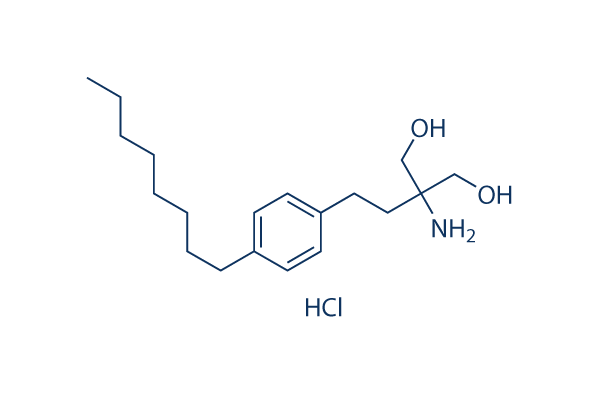We previously reported that ApoE3 induces bAPP expression but ApoE4 will not, confirming the findings of Ezra et al. Within this regard, elevations of ApoE by the process of neuroinflammation, or other stressors, would reflect a requisite function for the lipopro tein in enhancing the advantageous roles of bAPP and or other acute phase response proteins. As a result, it could be the inability of ApoE4 to take part in this chain of salutary events that tends to make it detrimental. We’ve pre viously shown that the enhance in ApoE brain levels that happens with aging continues to take place in AD, having a substantial fraction being deposited in plaques. This improve in ApoE levels is distinguishable from alterations in bAPP, which rises with age but declines markedly in AD.
This illness associated severance with the coor dinate regulation of ApoE and bAPP further strengthens the correlation of brain wellness with the coregulation of those two proteins, to wit, with ApoE expression itself, provided that the ApoE just isn’t ApoE4. Multi GDC0199 lineage kinase pathways may well be invoked within the regulation of ApoE expression, and may themselves be invoked by ApoE, suggesting a feedback loop amongst MLK pathways and ApoE expression in neu rons. Our findings of involvement of multiple MLKs ERK, p38 MAPK, and JNK in expression of ApoE in neurons exposed to IL 1b, Ab, or sAPP, collectively with preceding reports of ERK pathway invocation of ApoE expression and vice versa, are consistent with the exis tence of a complex feedback program that may perhaps be impor tant in acute phase responses to neuronal injury at the same time as potential exacerbation of neurodegenerative events.
Our discovering that glutamate regulates selleck ApoE expression through ERK and JNK, but not by p38 MAPK pathways may possibly be indicative of a correlation between glutamatergic induction of ApoE and neuronal survival. Excitotoxic effects of glutamate are largely dependent upon activa tion of extrasynaptic NMDA receptors, p38 MAPK, and the inhibition of ERK signaling, synaptic receptors, alternatively, seem to activate ERK and promote survival. In conclusion, the induction of neuronal ApoE by either neuroinflammatory or excitotoxic agents or neu rotoxins, acting via MLK pathways suggests that alterations in these signaling pathways, together with other neuropathological entities in AD brain, might have consequences for ApoE expression.
Variations within this expression may well be important, thinking about the function of APOE  genotype in AD threat. The response of ApoE to IL 1b we show here in rodent brain suggests that elevation of IL 1 results in the increases in ApoE that we and other individuals have observed inside the AD brain. This might have added significance with regard for the self propagating nature of IL 1 driven cascades, specially when such cascades are instigated in the context of an ?four allele of APOE.
genotype in AD threat. The response of ApoE to IL 1b we show here in rodent brain suggests that elevation of IL 1 results in the increases in ApoE that we and other individuals have observed inside the AD brain. This might have added significance with regard for the self propagating nature of IL 1 driven cascades, specially when such cascades are instigated in the context of an ?four allele of APOE.
Hiv Protease Signal
Each virion comprises a viral envelope and associated matrix enclosing a capsid.
